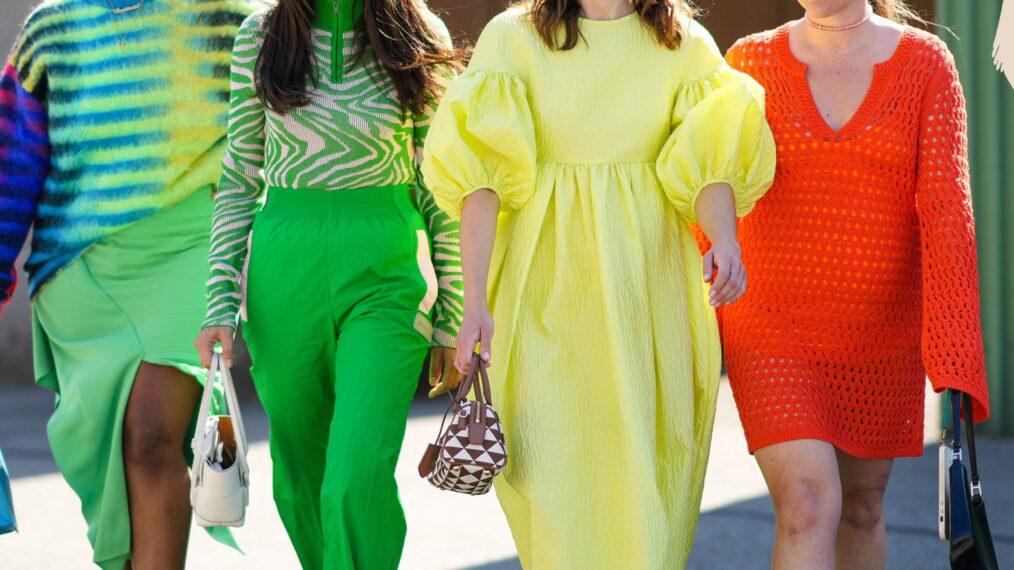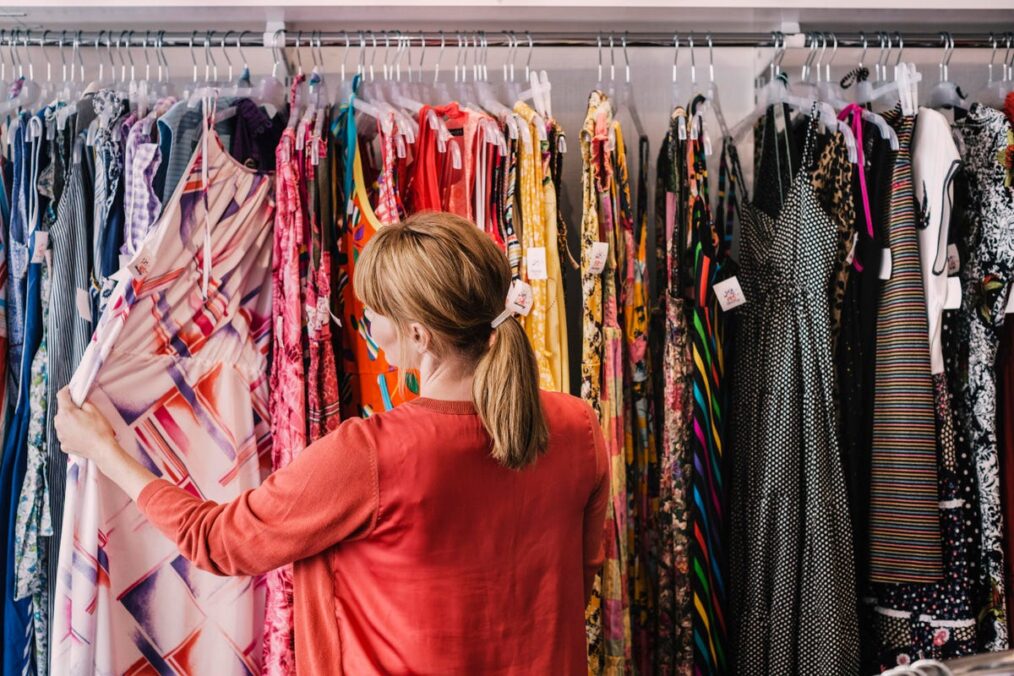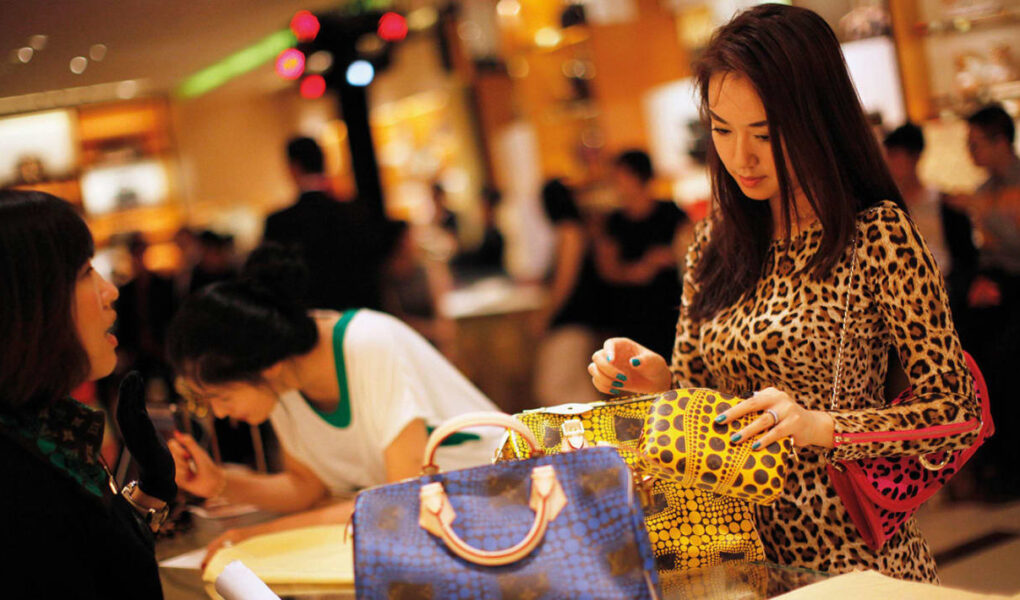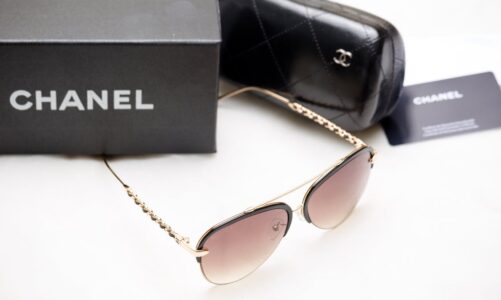Investing in luxury items, including designer clothes, can be a lucrative business if done correctly. The high demand for luxury goods, along with limited production runs and exclusivity, means that prices often appreciate over time. However, as with any investment, there are risks involved, and it is important to carefully consider them before making a purchase.
One particular aspect of investing in designer clothes that have gained popularity in recent years is selling handbags. Designer handbags, especially limited edition, and vintage pieces, have become highly sought-after by collectors and fashion enthusiasts, making them a potentially lucrative investment. However, it is important to be aware of the risks involved in the resale market, including the potential for counterfeit products, fluctuating demand, and the need for thorough authentication processes.
The Potential Profits of Buying & Reselling Designer Clothes

One of the most significant advantages of investing in designer clothes is the potential for high profits. Luxury fashion brands often produce limited edition pieces, which can increase in value over time. For example, a limited edition Louis Vuitton handbag released in 2015 for $3,000 could now fetch over $5,000 in the resale market.
Another factor that can increase the value of designer clothes is their exclusivity. High-end brands often limit the number of products they produce, creating scarcity and driving up demand. This can lead to items becoming sought-after and selling for significantly higher prices than their original retail value.
Furthermore, if an investor has a keen eye for fashion trends and can predict which styles will become popular, they can buy designer clothes at a lower price and resell them for a higher profit. For example, if an investor purchased a Balenciaga jacket during its initial release for $2,000 and resold it a year later for $4,000, they would make a 100% profit.
The Risks of Investing in Designer Clothes

While investing in designer clothes can be profitable, it is important to be aware of the risks involved. One significant risk is the potential for counterfeit products. Luxury fashion brands are often targeted by counterfeiters who create fake versions of their products to sell at a lower price. If an investor unknowingly purchases a counterfeit item, they could lose a significant amount of money when they attempt to resell it.
Another risk is the volatility of fashion trends. A style that is popular one year may not be in demand the next, meaning that the value of an item could drop significantly. It is essential to have a good understanding of fashion trends and to be able to predict which styles will remain popular over time.
Finally, investing in luxury fashion requires a significant amount of capital. Designer clothes are often priced at thousands of dollars, making it difficult for many investors to purchase them outright. It is important to carefully consider the potential return on investment and to ensure that the investment aligns with the investor’s financial goals.
Conclusion

Investing in designer clothes can be a lucrative business, but it is not without risks. The potential for high profits, along with limited production runs and exclusivity, make luxury fashion items an attractive investment opportunity. However, the risk of counterfeit products, the volatility of fashion trends, and the significant capital required to invest mean that investors must carefully consider their options before making a purchase.
If an investor is willing to do their research, carefully consider the risks and rewards, and have a keen eye for fashion trends, investing in designer clothes can be a profitable venture.




